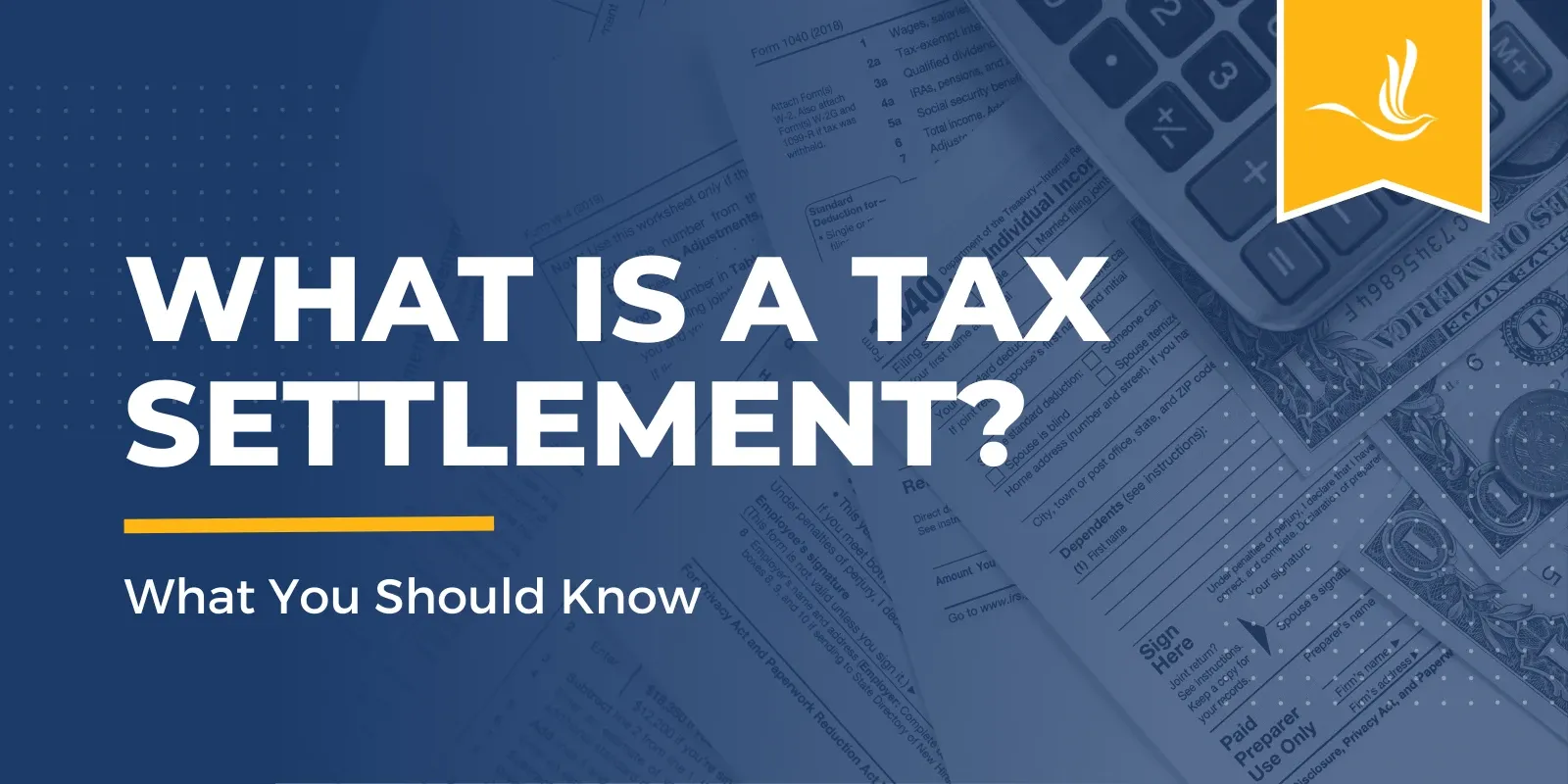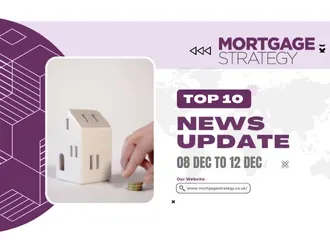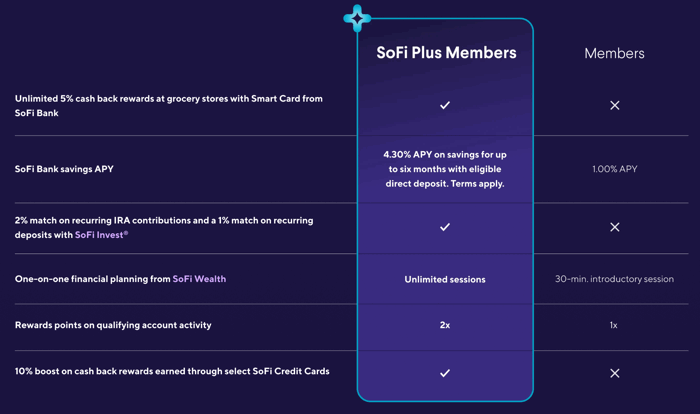I rarely share any market commentary, as I mostly believe that waiting around and doing nothing is the best course of action. However, I also have about 89 browser tabs open, and writing helps me organize my thinking, so here are some thoughts.
Recent AI news seems to have kicked off both even more AI optimism and AI skepticism. Here’s a Bloomberg article (paywall) outlining some of the circular deals:
Matt Levine has the funniest parody of this situation with tech CEOs whispering “omniscient robots” to each other and then saying “yesssssss”. From here on out, this is what I’ll visualize when a new deal is announced.
The financing tool is, you go to Broadcom and you put your arm around their shoulder and you gesture sweepingly in the distance and whisper “omniscient robots” and they whisper “yesssss” and you say “we’ll need a few hundred billions dollars of chips and equipment from you” and they say “of course” and you say “good” and they say “do you have hundreds of billions of dollars” and you whisper “omniscient robots” again and they are enlightened.
And then you announce the deal and Broadcom’s stock adds $150 billion of market capitalization and you’re like “see” and they’re like “yes” and you’re like “omniscient robots” and they’re like “I know right.” That is the financing tool!
I mean, if OpenAI wants to buy $500 billion of NVDA chips, but doesn’t actually have $500 billion, but instead signs a promise that it will buy $500 billion of chips, and then NVDA goes up by $500 billion in market cap in response, and now agrees to either invest or lend $500B to OpenAI… is that pioneering genius? Or is it a bubble?
Of course, I have no idea. Heck, all the things that happened yesterday are a huge shock to me. How could I possibly predict the future?
I do know that if I sold every time I saw a chart warning me about high P/E ratios, I’d have been in cash for more than a decade and my portfolio would be much, much smaller.
Instead, let’s look at some updated relative valuations to better measure the “crazy”. One thing is the earnings yield, which is the inverse of the price/earning ratio. So if the earning yield is 5%, then if the price is $100 then it reports $5 a year in earnings. If you own the S&P 500, it might be reasonable to assume that over the long-term, your earnings will grow at least with inflation.
Here are the historical earnings of the S&P 500 on a log scale, showing how they in fact tend to increase faster than inflation over the long run. (Source: Yardeni)
Then we also have TIPS, which offer a guaranteed real yield above inflation.
Instead of traditional Treasury bonds, you could use this TIPS real yield as a base “risk-free rate”.
Here is a chart that compares the historical S&P 500 earnings yield and the TIPS real yield. Sources: FRED and Multpl. As you can see, the gap between the two is still positive, but it’s definitely shrinking and close to the narrowest it’s been during the last 15 years (right now about 1%).
The problem is that trying to time this stuff is not a good idea. It’s one of the those enduring lessons about investing.
I can’t predict the top. I can’t predict the bottom.
One key feature of bubbles is seeing someone else get rich doing something stupid/risky, not being able to handle it, and then deciding you have to play along too. There is definitely a lot of the “getting rich doing something risky” going on. But then again, there are also a lot of people who went to zero but are quiet about it.
All the money that went into the GraniteShares 3x Short AMD ETP… already went to zero.
At the same time, another one of the most important lessons of building wealth is that you must always avoid “blowing up”. If you multiply by zero, it doesn’t matter what your historical returns are. Never stop the compounding. Consider the scenario of (1) the stocks in your portfolio going down by 50%, (2) losing your job for 6 months, and (3) other people panicking.
Those three things tend to happen at the same time.
As Howard Marks said in 2001 in one of the memos that made him famous: “You Can’t Predict. You Can Prepare.” Source: Humble Dollar. Now is a good time to check if you are prepared by checking the risk levels of your portfolio, your cash reserves, your job stability, and all of the other psychological intangibles.
I like to think that I am prepared. Portfolio-wise, I continue to buy, hold, and rebalance.
Buying with ongoing IRA/401k contributions. Holding and not selling anything. Rebalancing by investing all incoming funds and dividends into Treasury bonds because I am overweight in US and international stocks. I’m keeping an eye on the cash cushion and planning for large expenses – we did some home repairs recently and probably have more on the horizon.
I don’t require much liquidity in the near future, and I don’t own any private assets with potential liquidity concerns.
Disclaimer: This story is auto-aggregated by a computer program and has not been created or edited by finopulse.
Publisher: Source link








